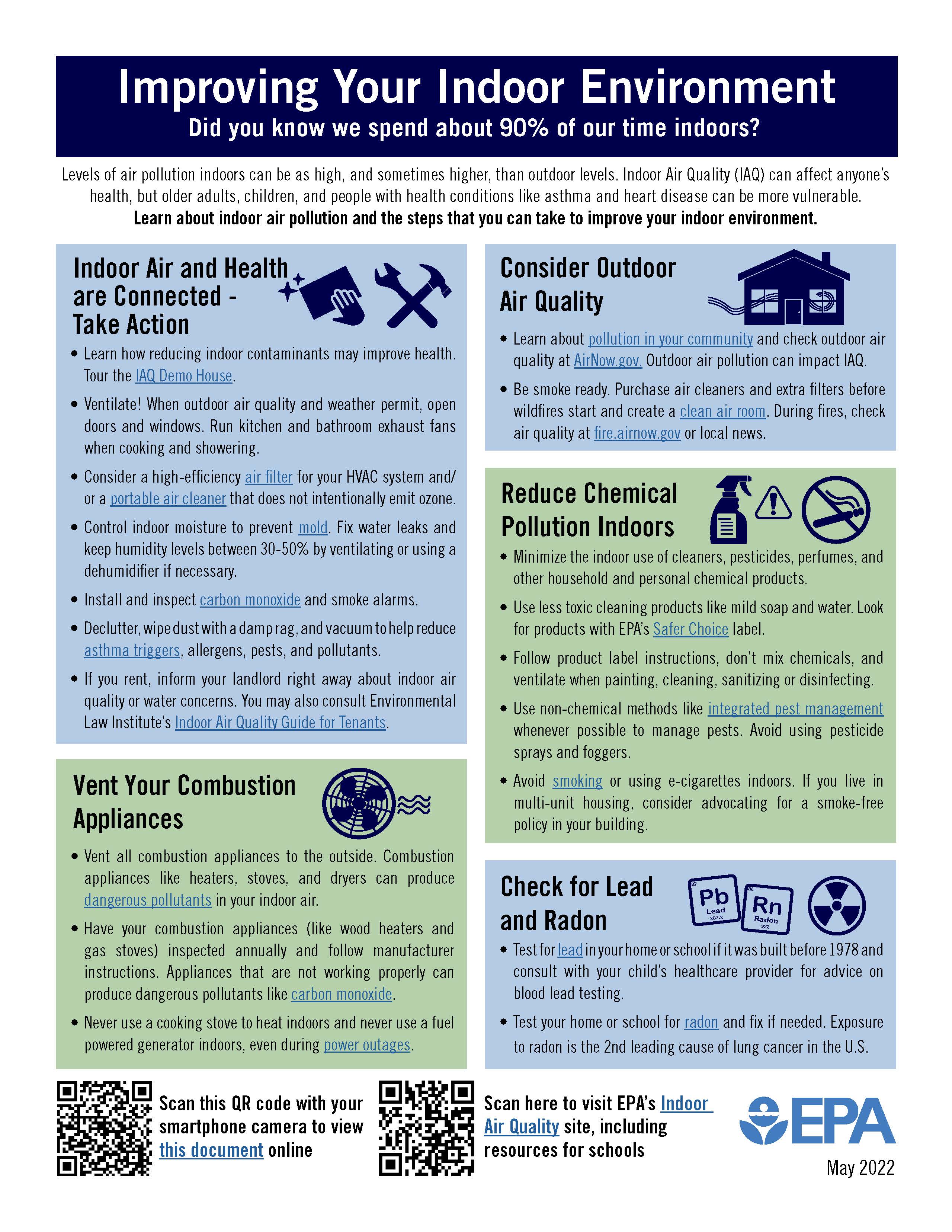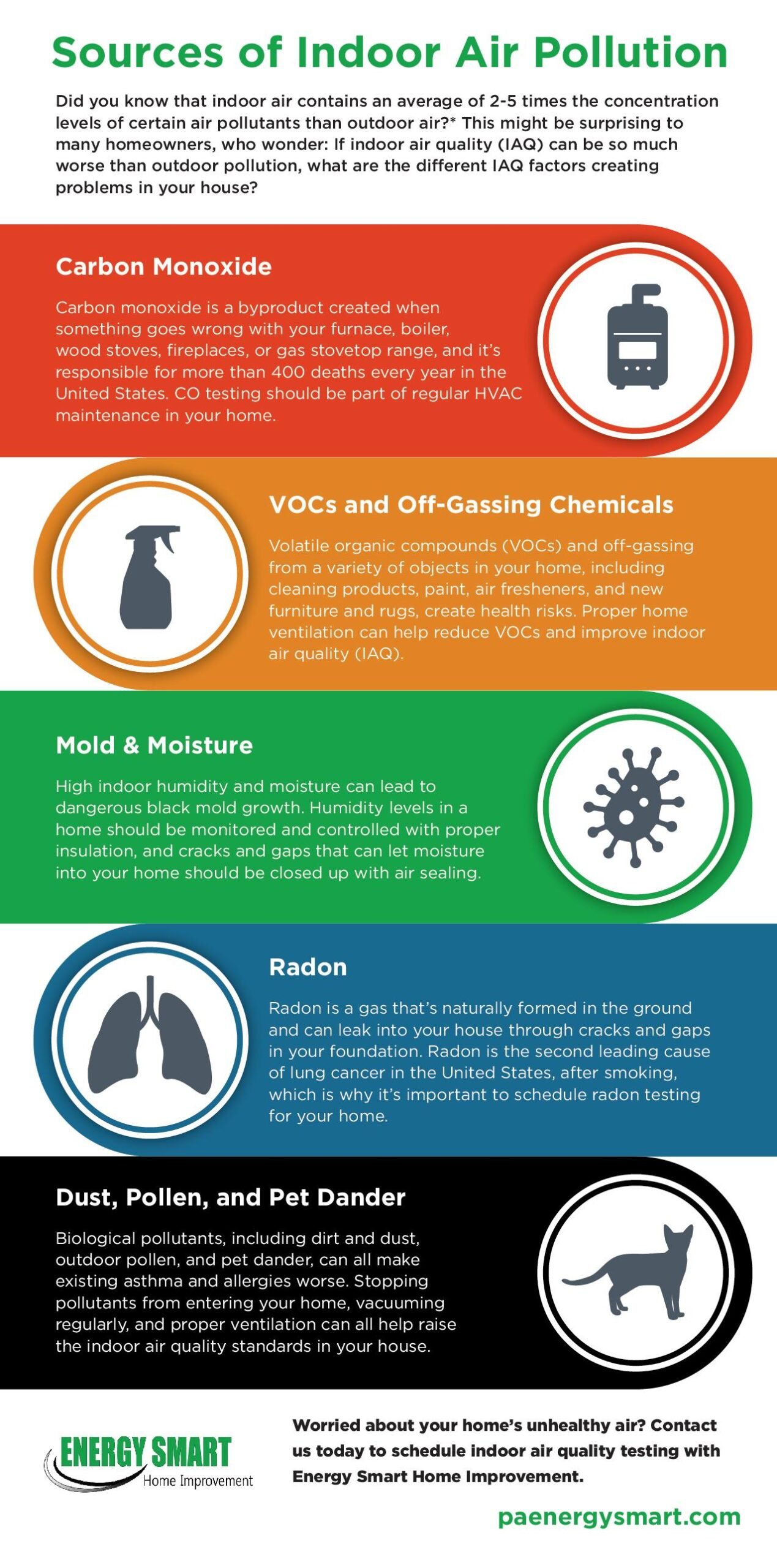Reducing humidity levels can improve air quality in your home. High humidity can cause discomfort and health issues.
Maintaining a balanced humidity level is crucial for a healthy living environment. Excess moisture can lead to mold, dust mites, and other allergens. These can affect your breathing and overall health. By reducing humidity, you create a more comfortable space.
It also helps prevent structural damage to your home. In this guide, we will explore practical ways to manage humidity. You will learn about tools and techniques to keep your indoor air fresh and healthy. Whether you live in a humid climate or just want to improve air quality, these tips will help you achieve a better living space.
Importance Of Humidity Control
Controlling humidity is crucial for maintaining good air quality. High humidity can create a breeding ground for mold, dust mites, and other allergens. Low humidity can cause dry skin, irritation, and respiratory issues. Keeping humidity levels in check helps ensure a healthier living environment.
Impact On Health
High humidity levels can worsen asthma symptoms. They can also trigger allergies. Mold and dust mites thrive in damp conditions, causing health issues. Low humidity can lead to dry skin and throat. It can also cause irritation in the eyes and respiratory tract. Both high and low humidity can negatively affect your well-being.
Effect On Indoor Air Quality
Maintaining the right humidity level is important for indoor air quality. High humidity can lead to mold growth. Mold releases spores into the air, which can be harmful. It can also cause unpleasant odors. Low humidity can cause dust and pollutants to become more airborne. This can make the air feel stale and uncomfortable. Balanced humidity levels help keep the air clean and fresh.
Identifying High Humidity
High humidity can lead to poor air quality in your home. Identifying high humidity levels is the first step to improving this. You need to know what signs to look for and the tools to measure it.
Signs Of Excess Moisture
Excess moisture can manifest in various ways. Look out for condensation on windows and mirrors. This is a clear sign. Mold spots on walls or ceilings also indicate high humidity. Musty odors are another clue. They suggest mold or mildew growth. Warped wood or peeling paint shows prolonged exposure to moisture.
Common Measurement Tools
To measure humidity levels, you can use a hygrometer. This tool is simple and effective. It provides a precise reading of the humidity level. Digital hygrometers are user-friendly and accurate. Some models even offer additional features. For example, temperature readings. Another useful tool is a dehumidifier with a built-in hygrometer. This serves a dual purpose. It measures and reduces humidity simultaneously.
Natural Methods For Reducing Humidity
Humidity can make your home feel uncomfortable. It can also lead to health problems. Reducing humidity naturally can improve air quality. Here are some effective methods:
Ventilation Techniques
Proper ventilation is key to reducing humidity. It allows moist air to escape and fresh air to enter.
- Open windows and doors to let air circulate.
- Use exhaust fans in kitchens and bathrooms. These areas produce a lot of moisture.
- Ceiling fans help distribute air evenly. They can reduce the buildup of moisture.
- Install ventilation systems in attics and basements. These areas often trap humidity.
Houseplants That Absorb Moisture
Certain houseplants can absorb excess moisture from the air. They can also improve air quality.
| Plant | Benefits |
|---|---|
| Peace Lily | Absorbs moisture, easy to care for |
| Boston Fern | Effective at reducing humidity, needs indirect light |
| Spider Plant | Low maintenance, great for removing toxins |
| English Ivy | Absorbs moisture, can be hung in baskets |
Use these plants to create a natural dehumidifier. Place them in areas with high humidity. They will thrive and help keep your home comfortable.

Credit: www.epa.gov
Using Dehumidifiers
Using dehumidifiers is an effective way to reduce humidity levels in your home. High humidity can cause various problems, including mold growth and musty odors. A dehumidifier helps create a more comfortable living environment by removing excess moisture from the air. Let’s explore how to choose the right dehumidifier and how to properly place and maintain it.
Choosing The Right Dehumidifier
First, consider the size of the area you need to dehumidify. Small rooms may only need a compact unit, while larger spaces might require a bigger device. Check the capacity of the dehumidifier, which is usually measured in pints per day. A higher capacity means the unit can remove more moisture.
Next, look at the features. Some dehumidifiers come with built-in humidistats, which allow you to set the desired humidity level. Others have automatic shut-off functions when the water tank is full. Choose a model with an easy-to-empty water tank or an option for continuous drainage.
Proper Placement And Maintenance
Place the dehumidifier in the area with the highest humidity. Avoid placing it against walls or furniture to ensure proper airflow. Ensure all doors and windows are closed for the best results.
Regular maintenance is essential. Empty the water tank daily to prevent overflow. Clean the filter regularly to maintain efficiency. Some models have washable filters, while others may need replacement filters. Follow the manufacturer’s instructions for cleaning and maintenance.
By choosing the right dehumidifier and maintaining it properly, you can significantly improve the air quality in your home. This creates a healthier and more comfortable living space for you and your family.
Improving Home Insulation
Improving home insulation is a great way to reduce humidity levels. Better insulation keeps your home comfortable and helps to improve air quality. Let’s look at how to make these improvements.
Sealing Leaks And Cracks
Sealing leaks and cracks is essential for maintaining good insulation. Leaks and cracks allow moisture to enter your home, raising humidity levels.
- Check windows and doors for gaps.
- Use weatherstripping to seal around doors.
- Apply caulk to seal gaps around windows.
Sealing leaks and cracks also helps save energy. You may notice lower energy bills as a bonus.
Installing Vapor Barriers
Vapor barriers are materials that block moisture from entering your home. They help keep humidity levels low and improve air quality.
| Area | Recommended Vapor Barrier |
|---|---|
| Basement | Plastic sheeting |
| Crawl Space | Foam board insulation |
| Attic | Radiant barrier |
Install vapor barriers in areas prone to moisture. These include the basement, crawl space, and attic. Proper installation is key. Ensure the barrier covers the entire area for the best results.
Improving home insulation can make a big difference. Sealing leaks and cracks and installing vapor barriers are effective methods. Start with these steps to enjoy a more comfortable and healthier home environment.
Managing Humidity In Specific Areas
Managing humidity in specific areas of your home is crucial. Different rooms have unique humidity challenges. Addressing these helps improve air quality. Below, we explore tips for managing humidity in bathrooms, kitchens, basements, and crawl spaces.
Bathrooms And Kitchens
Bathrooms and kitchens produce a lot of moisture. This can make the air humid. Use exhaust fans while cooking or showering. They help remove steam and moisture from the air. Keep windows open if possible. Fresh air reduces humidity. Fix any leaks quickly. Dripping taps or pipes add extra moisture. Wipe down surfaces after use. Dry surfaces prevent mold growth.
Basements And Crawl Spaces
Basements and crawl spaces are often damp. This can lead to high humidity. Use a dehumidifier. It removes moisture from the air. Check for water leaks regularly. Fix them to avoid dampness. Insulate pipes to prevent condensation. Ensure proper ventilation. Vents help maintain airflow and reduce humidity. Use moisture barriers on floors and walls. They prevent dampness from seeping in.
Regular Maintenance Tips
Humidity levels can significantly impact indoor air quality. Regular maintenance helps control moisture. This section covers essential tips to manage humidity and improve air quality.
Cleaning Air Filters
Air filters trap dust, pollen, and other particles. Dirty filters reduce air flow and increase humidity. Clean or replace air filters every one to three months. This keeps your HVAC system working efficiently. It also reduces humidity and improves air quality.
Checking For Mold Growth
Mold thrives in damp conditions. It releases spores that worsen indoor air quality. Regularly inspect areas prone to moisture. Look under sinks, in basements, and around windows. Address any leaks or water damage immediately. Use a dehumidifier to keep humidity levels below 60%. This prevents mold growth and keeps your air clean.

Credit: www.instagram.com
Long-term Solutions
Reducing humidity levels can improve air quality and comfort. While short-term fixes help, long-term solutions offer lasting benefits. Investing in these can ensure a healthier living environment.
Upgrading Hvac Systems
Old HVAC systems may struggle to control humidity. Upgrading to newer models can make a big difference. Modern systems come with advanced humidity controls. These can keep your indoor air at optimal levels.
High-efficiency HVAC systems remove more moisture from the air. This helps to maintain balanced humidity. A professional can help you choose the best system for your home.
Smart Home Humidity Controls
Smart home technology offers an effective way to manage humidity. Smart thermostats and humidistats can adjust settings automatically. They monitor indoor humidity and make real-time adjustments.
These devices can be controlled via smartphone apps. This allows you to manage your home’s humidity even when you’re away. Consistent monitoring and adjustments ensure a comfortable and healthy indoor environment.

Credit: www.paenergysmart.com
Frequently Asked Questions
How Can I Reduce Humidity In My Home?
To reduce humidity, use a dehumidifier, increase ventilation, and fix any leaks. Houseplants can also help absorb moisture.
Why Is High Humidity Bad For Air Quality?
High humidity promotes mold growth and dust mites. This can worsen allergies and asthma, affecting overall air quality.
What Are Natural Ways To Control Indoor Humidity?
Open windows for better ventilation, use exhaust fans, and place moisture-absorbing plants like peace lilies or ferns.
Does Air Conditioning Reduce Humidity Levels?
Yes, air conditioning removes moisture from the air. This helps maintain a comfortable humidity level indoors.
Conclusion
Reducing humidity improves air quality significantly. Use dehumidifiers or air conditioners. Keep windows open for better ventilation. Fix leaks promptly to prevent moisture buildup. Houseplants can help absorb excess moisture. Regularly clean and maintain HVAC systems. Monitor humidity levels with a hygrometer.
By following these steps, you can breathe easier and stay healthier. Improved air quality leads to a more comfortable living environment. Start today for better indoor air.
Rakib Sarwar is a Registered Pharmacist and a reputed health and wellness blogger. He has a great interest in Air purifiers.
